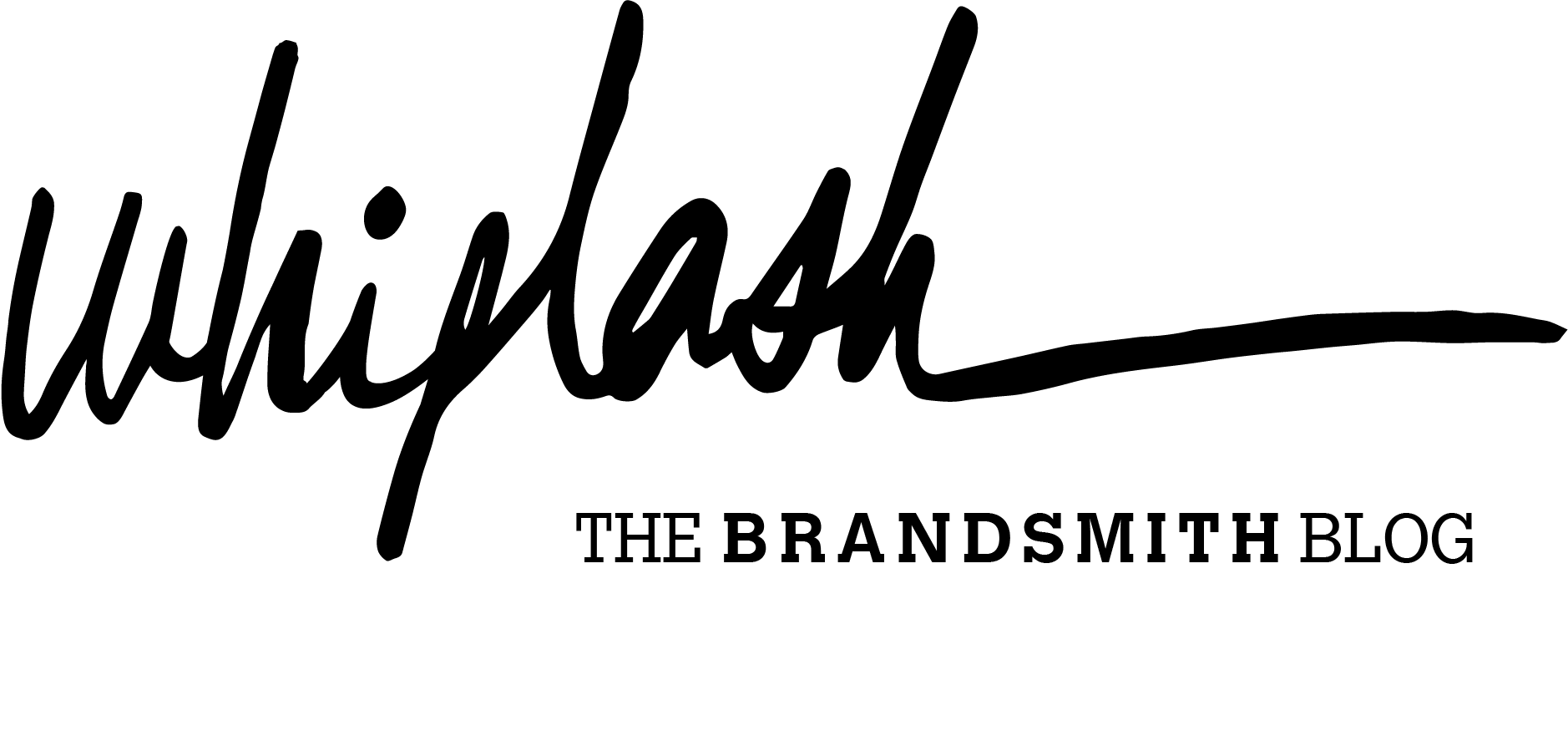
21 Feb What we should learn from Gillette
Whiplash Team, February 2019
What we should learn from Gillette
More than three weeks after the launching of Gillette’s ‘We Believe’ campaign, the central spot ‘The Best a Man Can Be’ keeps rising debate.
The spot portrays intolerable behavior of what qualifies as “Toxic Masculinity”, and has provoked a segment of its users to threaten to boycott the brand; while on the other hand, it has connected with the new wave of consumers: Millennials and Generation Z. The debate is still on the table, while experts agree in pointing out some of Gillette’s mistakes that other brands should avoid in the path of activism.
The time for brands to be neutral seems to have gone forever. Today’s users applaud and engage with brands whose purpose connects with their own values and expectations of a better society and world. As a recent report by US Communications and PR Firm Cone Communications shows, 92% of consumers have a more positive image of a company when it supports a social cause. Thus, we must prepare for other big brands following on Gillette’s and Nike’s steps surprising us with campaigns of high social content.
In this context, Gillette’s ‘We Believe’ campaign continues to generate debate about whether it has been successful or not; whether it has made Gillette to lose market share or if, on the contrary, the ad has benefited the brand in the face of a market’s generational change, by speaking in a frank language that Millennial and Z generation consumers value. Specialized media and experts agree that, although the topic is appropriate and timely, the approach and execution have not been the most appropriate from the point of view of marketing. Experts say that the main problems are that the spot blames the user,and places Gillette over the problem, while it’s not being backed by significant actions that show that Gillette believes in what it says and that these are not empty words, at least for now.
According to Denise Lee Yohn, a Forbes magazine contributor and Marketing expert, with this campaign Gillette aimed to “challenge the stereotypes and expectations of what it means to be a man” according to a statement from the company itself. However, she says, Gillette made a mistake in the approach, “specifically with the enemy it chose to call out.”.
Yohn notes that Gillette’s ad puts the blame for wrongful attitudes and behaviors on its customers, telling them, ‘You can’t laugh it off, making the same old excuses…” when, for example, “Gillette could have blamed the entertainment industry for encouraging and even celebrating “toxic masculinity”, or it could have called out high-profile offenders such as Harvey Weinstein or Kevin Spacey for setting a poor example. The point – that men can and should be better than that – could still have been made (…). And by making someone or something other than its customer the enemy, Gillette would have put itself and customers on the same side of the issue – a more persuasive stance from which to encourage today’s customers to take action”.
On the other hand, Forrester researchers Anjali Lai and Keith Johnston, point out that “The message is clear, but the content belabors it to an extreme. Aligning toxicity with masculinity immediately connotes disease and implies that there is no degree of masculine behavior we can celebrate in this era of #MeToo”.
Another problem with Gillette’s The Best a Man Can Be ad according to Yohn, was to use a voice-over to narrate the actions it questions. In doing so, Gillette seems to position itself as an arbiter between what is right and wrong and, what is involved is to provoke positive social change. “His message would have been better received if it had come from someone other than Gillette, an average man or even a celebrity.” She adds that “the reason why Nike was so successful with the campaign it ran last year highlighting Colin Kaepernick is because it celebrated what Kaepernick was already doing and allowed customers to decide for themselves if and how they would respond to the message”.
The last point, on which Yohn, Anjali Lai and Keith Johnston agree is that consumers are tired of organizations saying one thing and doing another. As we recently pointed out a beautiful phrase is not a purpose., the purpose must be demonstrated and the key to doing so is to direct the organization’s resources towards action in the struggle for a higher ideal. All this implies the commitment to maintain coherence between the operative and the purpose of the organization, so, if a brand wishes to promote a social cause, it must support its message with significant actions.
In this regard, Forrester researchers suggest that Gillette’s “latest ad is incongruent with the brand’s tone over the past three decades” and warns that “for Gillette to have the effect it intends it needs to make the message real for consumers. Gillette must craft a narrative around the conversation over time and show tangible dedication to living the message it calls for”. Along with the launch of the We Believe campaign, Gillette announced that it will donate one million dollars annually over the next three years to non-profit organizations that carry out awareness programs in the United States to help men become role models for the next generation. But for Yohn, “the company’s promise – given how paltry it is in dollar amount and how passive it is in nature — lacks the substance and integrity that people want and expect from companies these days”.

























